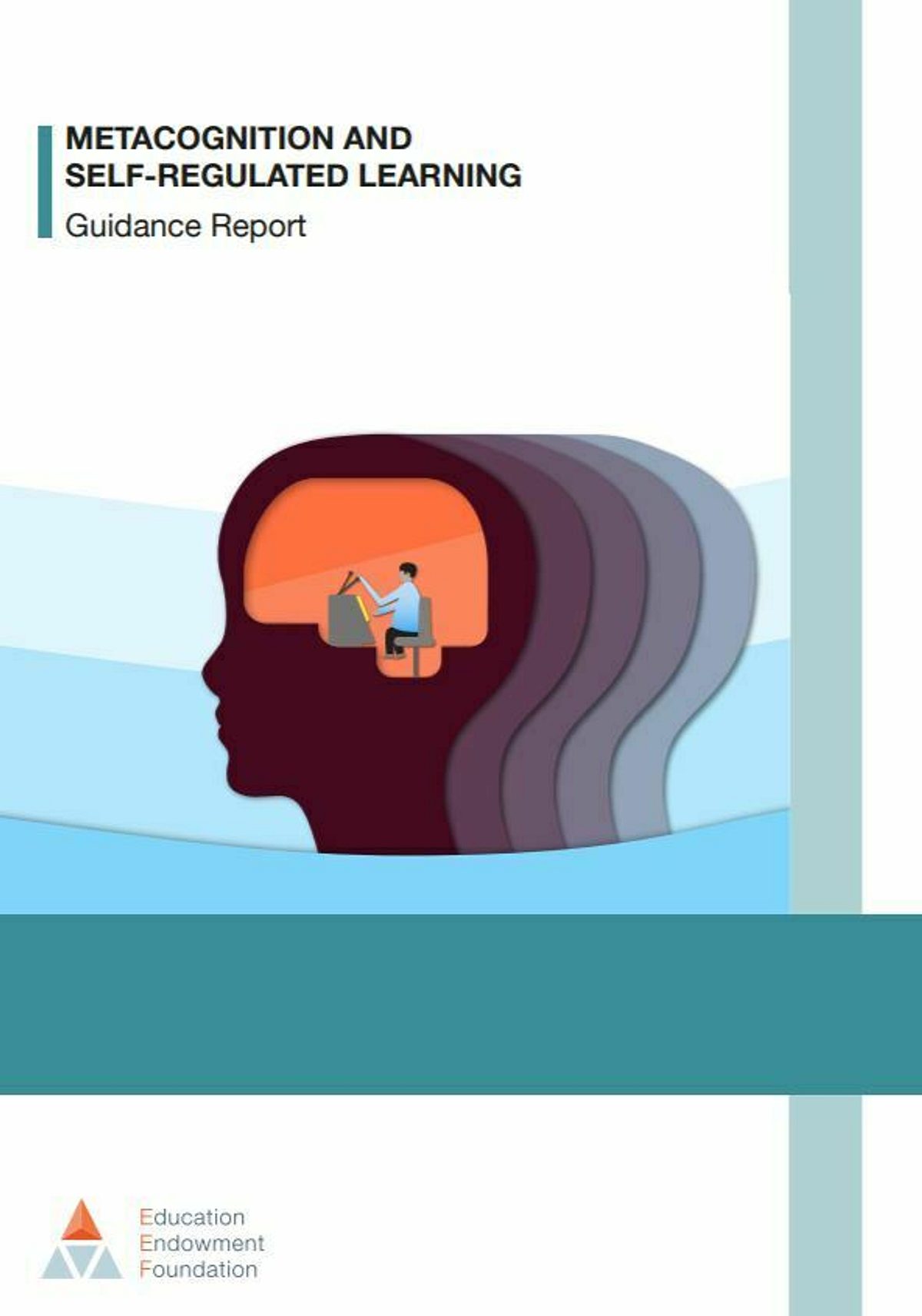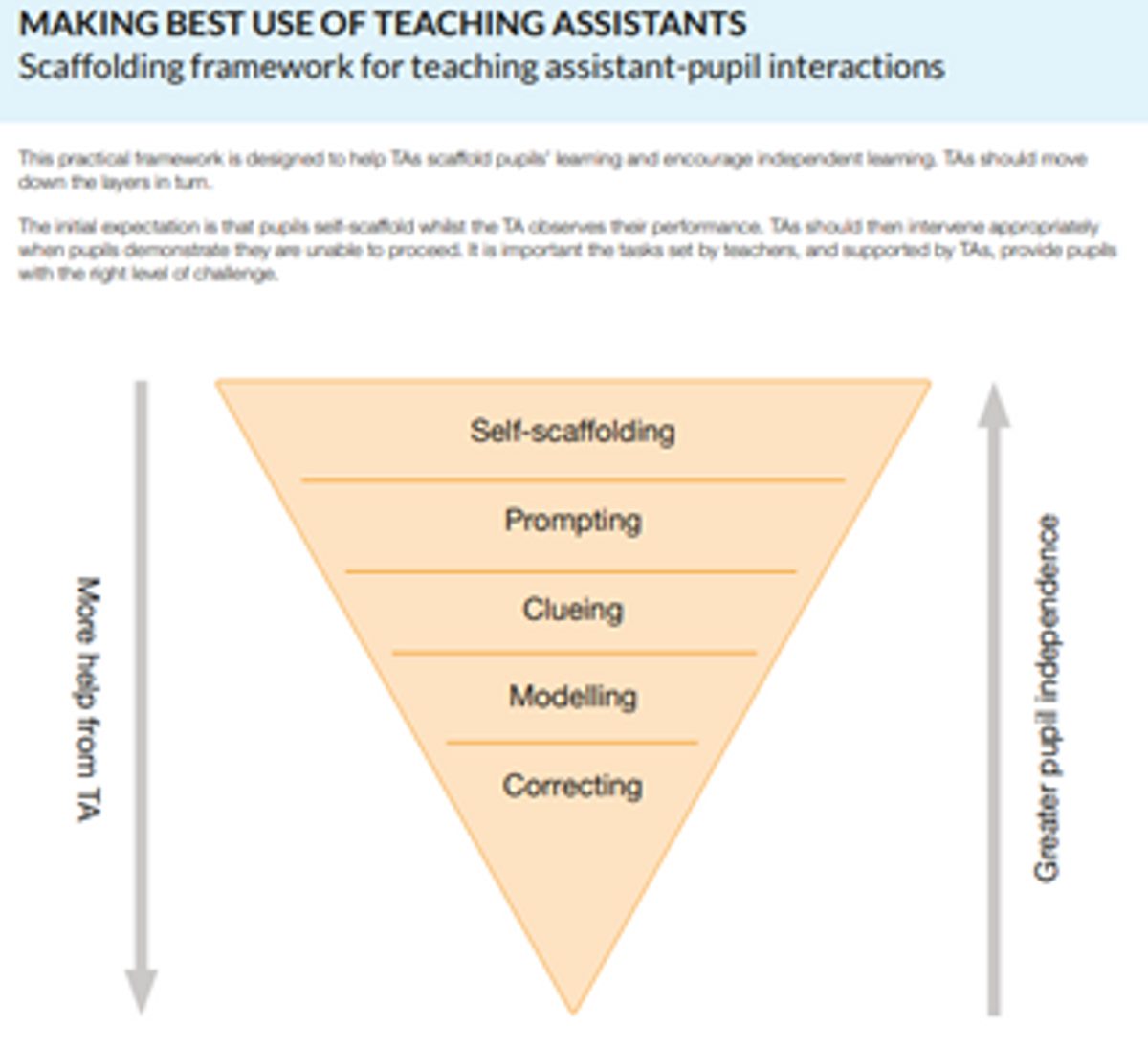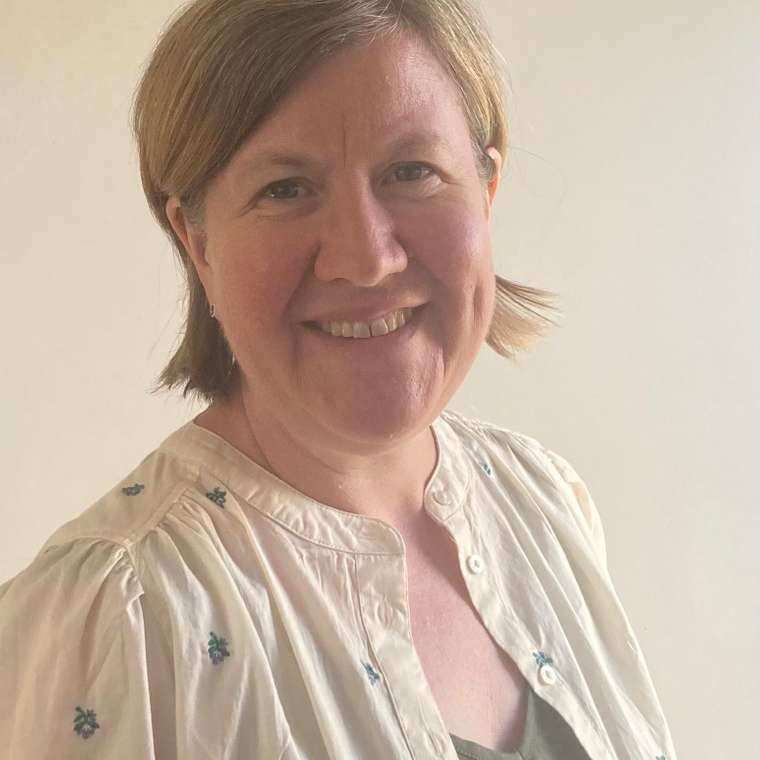EEF Learning Behaviours specialist, Kirsten Mould – a serving secondary school teacher, Head of Personalised Learning/Transition and SENCo – explains how to model and scaffold metacognitive strategies to ensure that pupils develop into reflective, independent learners.
My Year 7 science class are perhaps less prepared for learning compared to previous years’
You can see it in some of their hesitancy to self-start, or their procedural questions about the task, which they could work out on their own. You can see it in their unsureness when faced with new academic vocabulary or tricky new scientific concepts
And so, I have had to explicitly model and scaffold metacognition to ensure my pupils are increasingly more self-aware and better able to grapple with more complex science processes
Over time, this term, Year 7 questions about what they should do next have been superseded by more nuanced questions about their scientific understanding.

What does independent study look like at Key Stage 3?
We know that pupils can forget things. We know that misconceptions can lurk in their minds. And yet, I am noticing a concurrent limited repertoire of self-study skills. As such, I am teaching and modelling these learning behaviours far more frequently.
Perhaps my awareness as a teacher has been heightened and I am looking and listening longer given the uniqueness of this term. Whatever the reason, it is vital we are aware of these shifts and that we adapt our teaching accordingly.
We can consider a ‘learning behaviour’ to be a behaviour that is necessary in order for a person to learn effectively in the group setting of the classroom. It is the countless little things done well. Such learning behaviours can include:
- Enacting active revision strategies, such as making flashcards for self-testing
- Asking pertinent questions about their understanding of science concepts
- Independently making sense of new academic vocabulary e.g. actively using glossaries or knowledge organisers
Scaffolding self-regulation of independent study
The EEF evidence for working effectively with teaching assistants provides a graphic which is helpful in structuring interactions with pupils (devised for teaching assistant – pupil interactions), along with fostering the independence we are seeking to cultivate in our Year 7 pupils.
We can consider these steps and the adaptive way we move between them in the context of self-regulation for independent study in Year 7 and beyond:

Let’s explore each step of the framework:
Correcting
Correcting involves providing answers and requires little independent thinking. Sometimes maintaining the pace of the lesson requires this – but we should mentally log the misunderstanding to recycle in future questioning.
Modelling
Actively going through a worked example on the board or via a class visualiser can have real impact as the teacher talks through their thinking – promoting our metacognitive self-talk. Pupils should then try the same step for themselves. I have used this approach with ‘hot hexagons’ – a revision strategy which makes links between vocabulary, statements and/or visuals. Pupils build their hexagons, adding information to both sides like flashcards for self-testing, then play ‘hexagon links’ with their peer to talk about connections.
Clueing
Often pupils know the strategies or knowledge required to solve a problem but find it difficult to call them to mind. We can provide a hint in the right direction. Always start with a small clue. When we play ‘just a minute’ on scientific terms or processes, I might offer additional vocabulary or a visual such as a diagram to scaffold talk
Prompting
We can provide prompts when pupils are unable to self-scaffold. Prompts encourage pupils to draw on their own knowledge. The aim is to nudge pupils into deploying a self-scaffolding technique. For example, asking ‘How can you use your reflection time to improve this work?’ or putting an ‘I’ve Finished!’ prompt list on the board for extended study.
Self-scaffolding
Self-scaffolding represents the highest level of pupil independence. Self-scaffolders can: plan how to approach a task, problem-solve as they go, and review how they approached a task. They almost hover above themselves with an overall awareness of their learning
We need to spot this in our classes – sharing it and celebrating it.
Settling into new routines
Every year we teach Year 7, it involves the development of new routines and establishing learning behaviours and more independent study. Perhaps this year, though, it is more important than ever.
By carefully fostering independence in our daily classroom routines, we will see that requisite Year 7 maturation come quicker. We may just need to model and scaffold, along with looking and listening for a little longer
